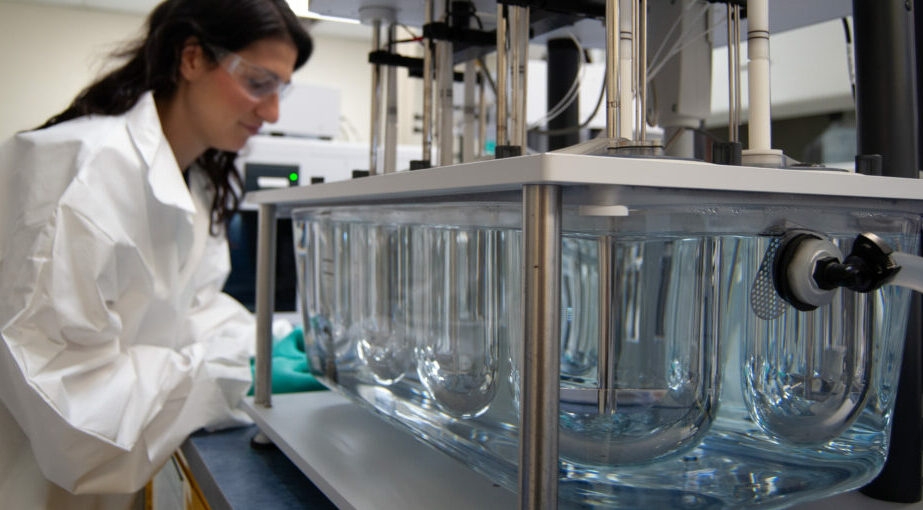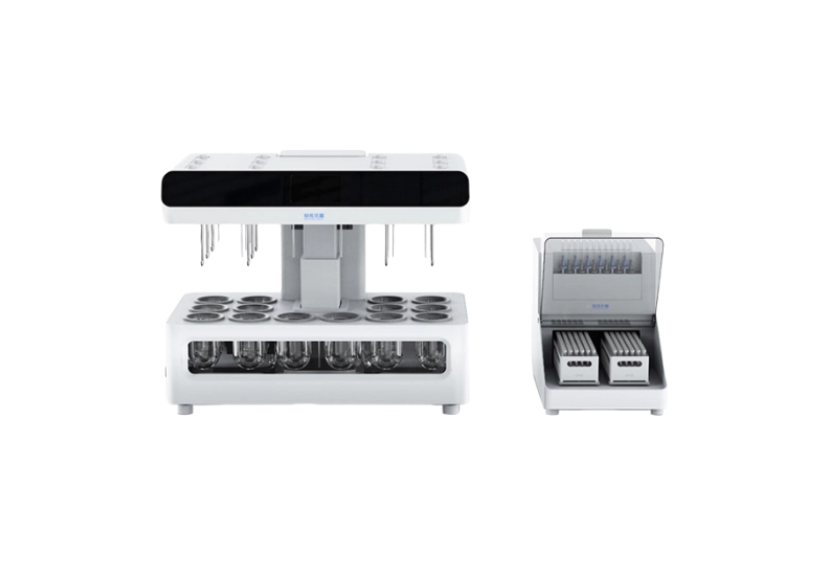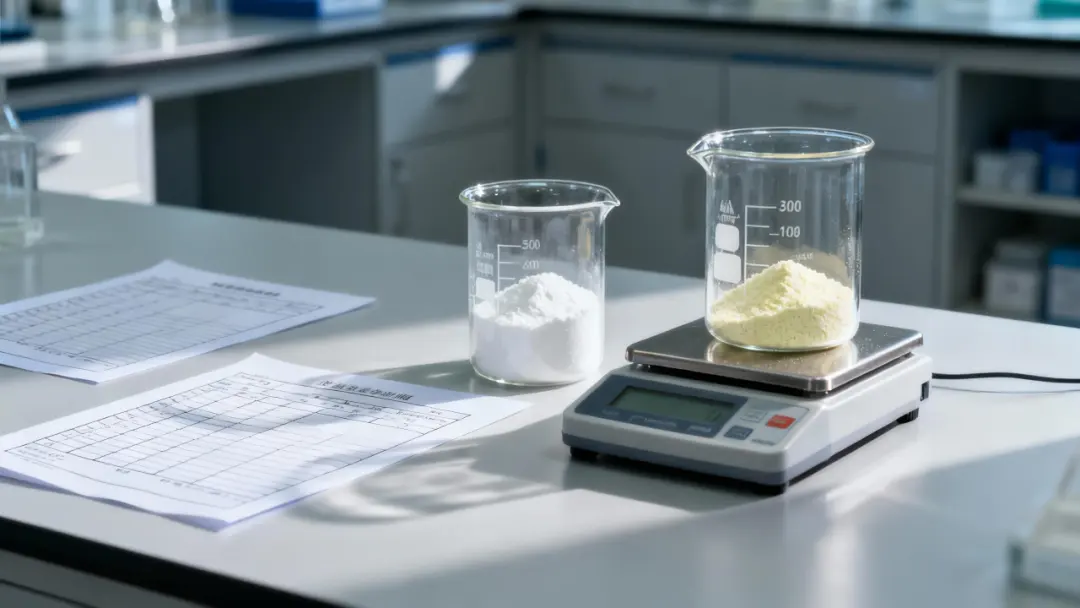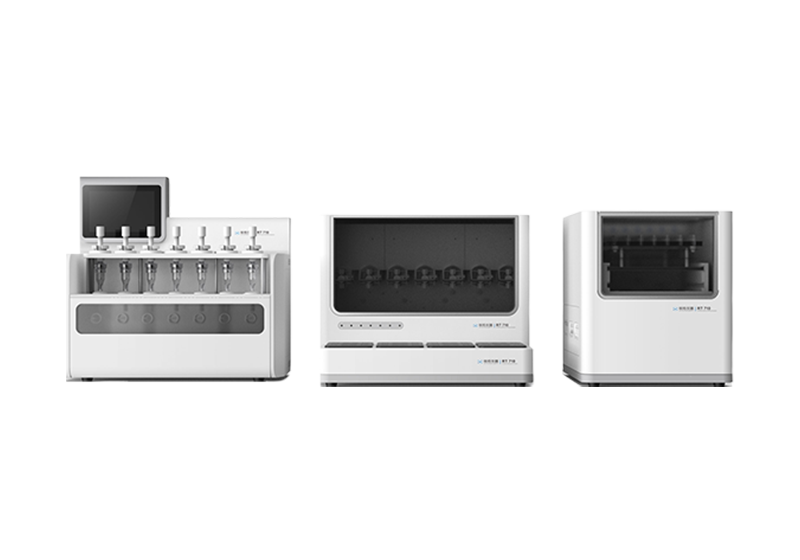Dissolution testing techniques sit quietly behind many medical breakthroughs. Their purpose is straightforward - show how fast and how fully a medicine releases its active ingredient - but the impact is profound. When release data are reliable, chemists fine-tune a tablet's coating, engineers calibrate a manufacturing line, and regulators feel confident approving a new therapy. What follows explores why this single set of laboratory methods carries so much weight, how the latest equipment simplifies the work, and where the data connect to patients' day-to-day reality.

Why Dissolution Testing Techniques Matter
A tablet or capsule seems simple: swallow and wait. Yet beneath that simplicity lies a chain of events that must happen in the right order and at the right speed. Dissolution testing techniques recreate those events in vitro, revealing problems before they reach the clinic or the market.
• Predictable release profiles - Consistent curves limit variability from batch to batch, shielding patients from dose swings.
• Faster formulation tweaks - Comparing prototypes side-by-side shows which excipient or processing step drives performance.
• Regulatory readiness - Pharmacopeial chapters USP <711>, EP 2.9.3, and ChP 0931 all lean on dissolution data for quality control.
• Generic drug equivalence - Matching the originator's profile can spare a developer from expensive clinical trials.
Because the stakes are high, minor errors in sampling volume or temperature can distort conclusions. That risk has pushed instrument designers to automate tasks that once depended on a technician's timing and eyesight.
Inside Raytor's Dual-Module Systems
At Raytor, we build tools that reduce those human variables without complicating daily routines. The flagship RT630-HT01 shares a philosophy: handle two tests at once, maintain precise environmental control, and leave a transparent data trail.
• Precision Through Real-Time Monitoring
A set of twelve independent temperature probes reports solvent temperatures every few seconds. When an excursion appears, software flags it instantly instead of burying it in a post-run log. The same vigilance extends to sampling:
✅ High-precision metering pumps draw equal volumes - no drift between early and late pulls.
✅ Dual inline filters rinse themselves, sparing technicians from clogged cartridges and questionable repeat runs.
✅ Dissolving cups auto-center, so wobble and misalignment disappear from the equation.
• Efficiency Without Compromise
Running two experiments on one chassis eases the constant squeeze on lab space:
• Each side holds its own paddles, basket speeds, and media.
• Sampling times can differ, so an immediate-release study can run beside a six-hour sustained-release study.
• Automatic synchronized dosing removes the split-second stopwatch dance that once defined dissolution work.
Together, these features shorten development cycles without cutting scientific corners - an essential balance when timelines tighten and compound libraries grow ever larger.
Bringing Lab Data Closer to Real-World Outcomes
The true value of dissolution testing techniques emerges when lab curves align with patient experience. Consider an extended-release pain medicine: if in-vitro release stalls after four hours, breakthrough pain may return long before the next scheduled dose. When a lab spots that plateau early, formulators can shift polymer ratios or adjust tablet compression before expensive clinical work begins.
Third-party studies mirror this pattern. In one multi-center project, researchers compared immediate-release formulations containing poorly soluble APIs. Batches screened with modern dual-module equipment showed a 25 % reduction in in-vivo variability compared with batches screened on older single-bath systems. While several variables contributed, tighter control of sampling intervals and solvent temperature ranked high on the list.
Production lines feel the benefit as well. Operators using automated online filtering report fewer stops to clear blocked needles, translating to an eight-hour shift that runs eight actual hours rather than seven plus cleanup. Quality-assurance teams, armed with real-time vessel-by-vessel temperature logs, can investigate deviations without a physical rerun - saving product and preserving schedules.

• Future Trends Worth Watching
- Physiologically based dissolution - Media that mimic fed and fasted states will demand instruments capable of rapid solvent swaps during a single run.
- Mini-tablet screening - As dose titration becomes common in pediatrics, smaller dosage forms will push equipment toward higher sensitivity at lower volumes.
- Data integration - Direct transfer of dissolution curves into pharmacokinetic modeling software will tighten the loop between formulation and dose prediction.
Raytor's control firmware already supports mid-run parameter changes - medium volume and paddle speed can shift in response to a method script - positioning labs for these next-wave demands.
Closing Thought
Science advances on the back of reliable measurements. Dissolution testing techniques may not headline conferences, yet without them, tomorrow's therapies would move forward in the dark. By shrinking variation and simplifying workflows, today's dual-module instruments hand researchers and manufacturers the clarity they need to design better medicines - and to do so on time, on budget, and in full confidence that each tablet, capsule, or micro-bead will perform exactly as promised.



